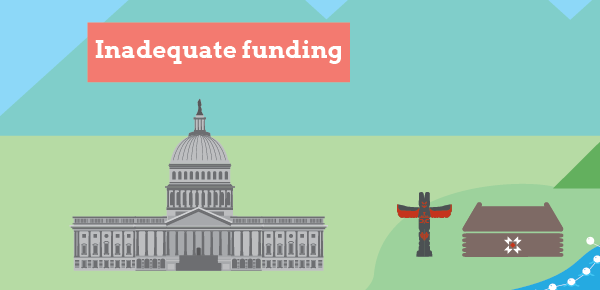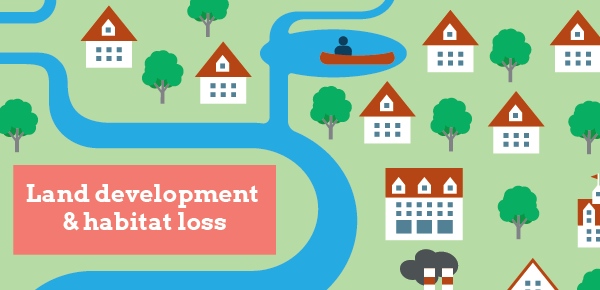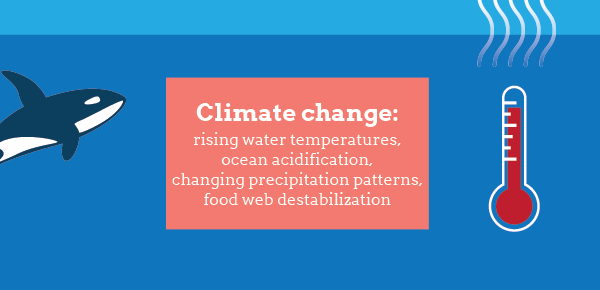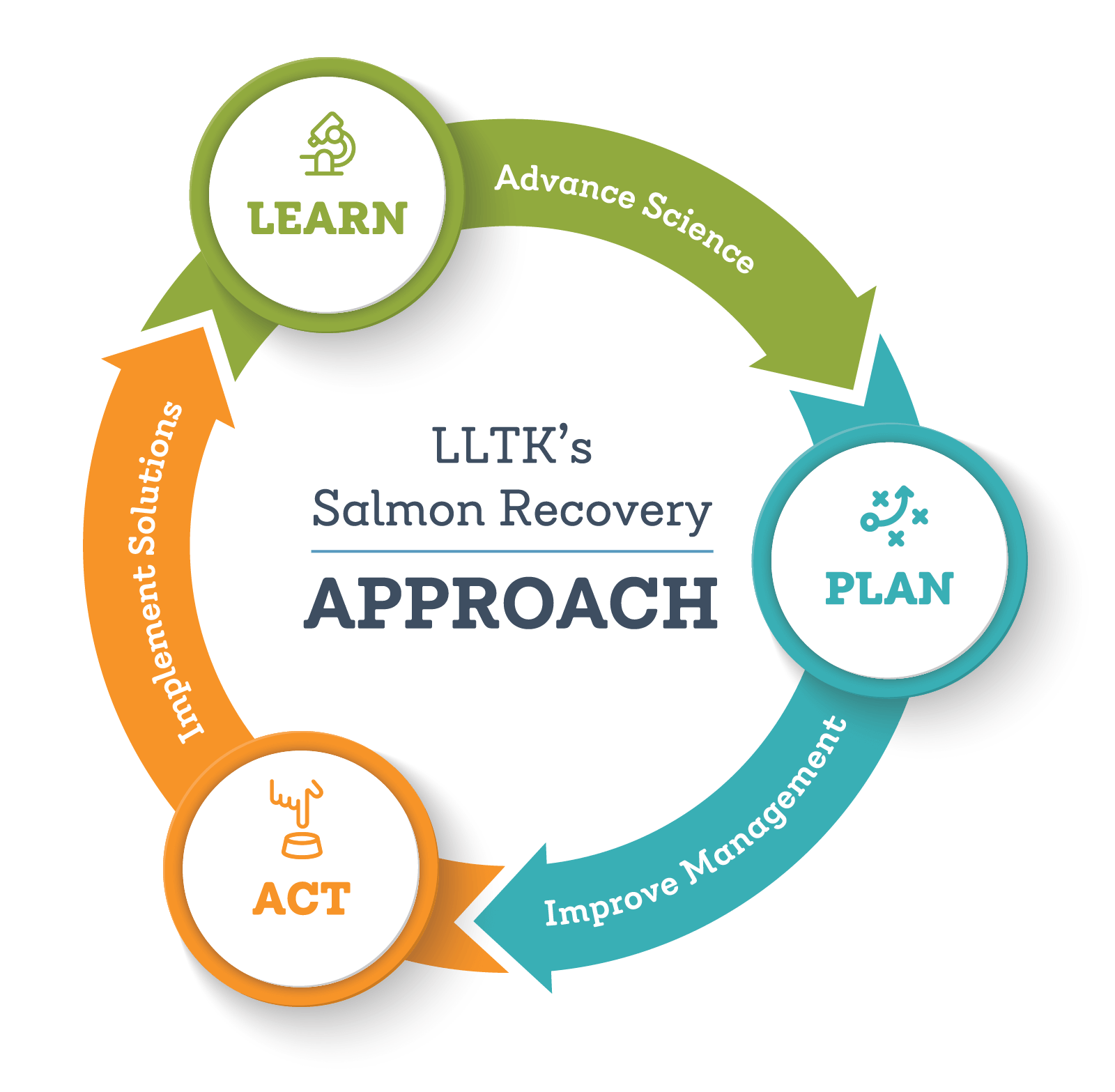Why Salmon Matter
The Northwest: towering mountains, longhouses, technological innovation, orca whales & salmon. The Northwest’s identity cannot be defined without the salmon that have sustained people and their cultures since time immemorial. Whether enriching forests with oceanic nutrients, providing sustenance to wildlife & humans, creating a spiritual connection to the earth, inspiring youth, or supporting generations of fishers, salmon are a profound icon defining our connection to place.
Salmon are as complex as they are magnificent. In their lifetime, spanning up to seven years, salmon migrate thousands of miles across several ecosystems—from mountainous headwaters, down creeks & rivers, through estuaries, to the North Pacific Ocean, and back again. They have remarkable abilities to survive fresh & saltwater, and extraordinary navigational skills that lead them back to where they once came, ready to spawn their next generation.
Salmon are the heart of the Salish Sea. Their health is an indicator of the overall health of the Pacific Northwest environment and, in turn, our own health. When salmon thrive, we thrive.










